M1895 “Potato Digger” Machine Gun

Based partially on a design for lever action rifles by John Moses Browning, the M1895 “Potato Digger” was a gas-operated, air-cooled, belt-fed machine gun with a cyclic rate of 400 rounds per minute.
Although it was Browning’s first machine gun, the M1895 operating system was based on his lever-action rifle designs, like the Model 1886 rifle. As a round was fired, it passed a port about 6” from the end of the barrel, and gas would push down on a plug, causing the lever to rotate downward to the rear. This cycled the action while a rotating cog wheel fed cartridges from the belt. After firing, a spring connected to the hinge forced the lever back to its original position.
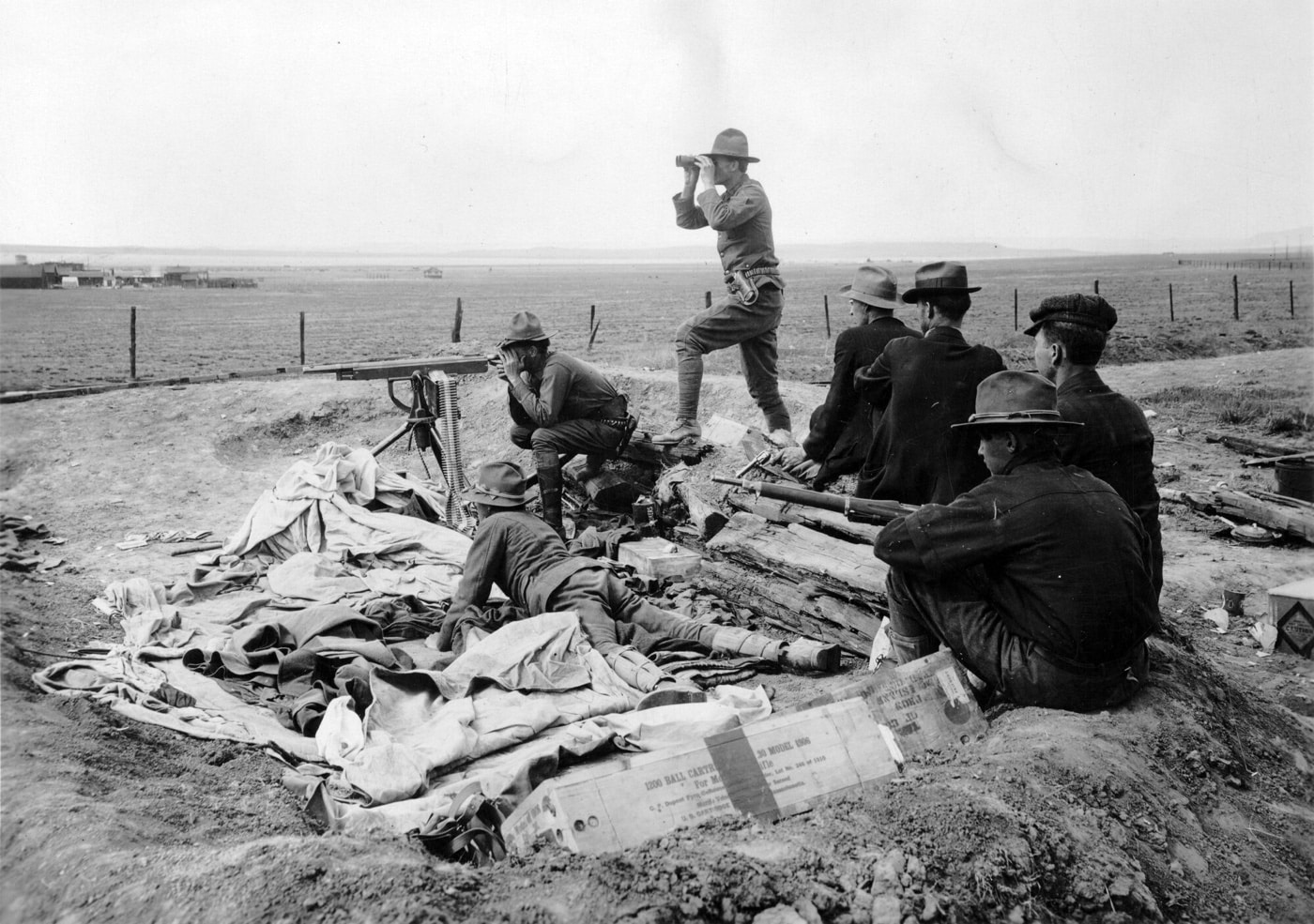
The gun was equipped with a tripod to prevent the operating lever from digging into the ground. However, when the tripod started to sink into soft ground, the operating lever would dig in, and the dirt started flying, hence the potato digger moniker.
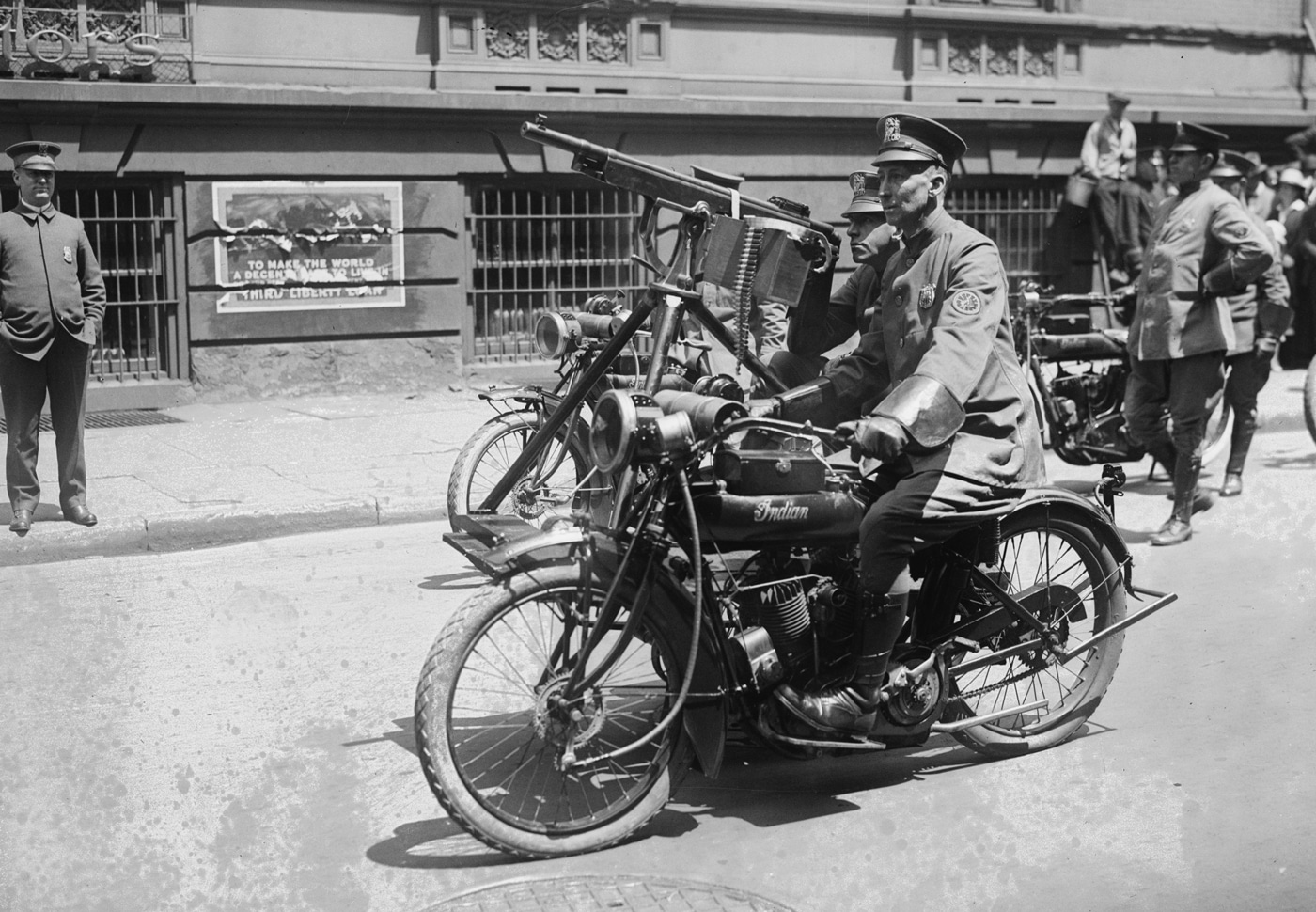
Although not formally adopted, it was the first gas-operated machine gun to enter U.S. military service. Admittedly, the new gas-operated design was not a big hit with the U.S. Army. They believed the weapon to be a fad and were still very fond of Mr. Gatling’s gun. However, The U.S. Navy was interested and ordered 200 of the new guns.
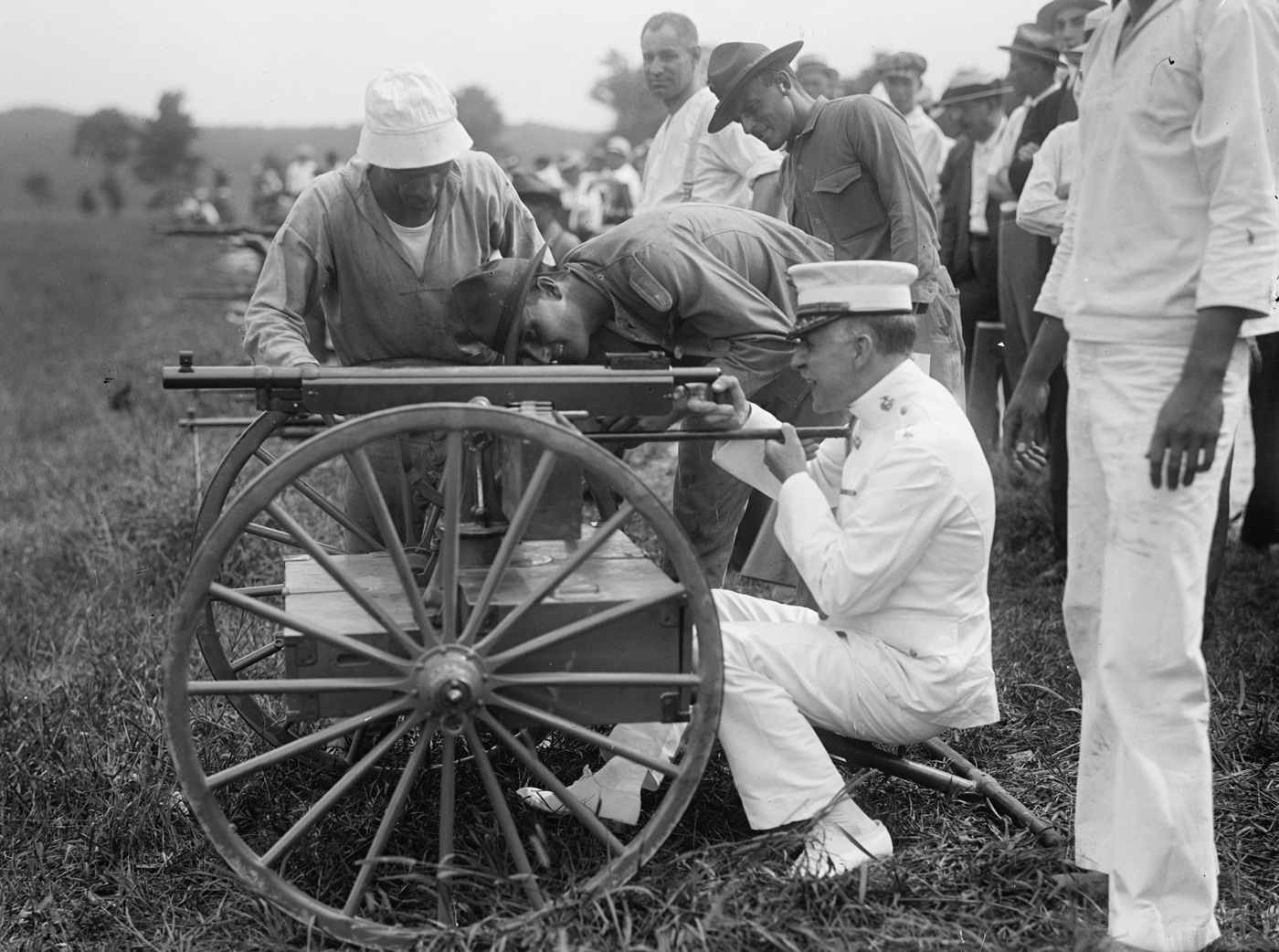
Early Combat Use of the M1895
The first use of the Potato Digger in combat was in June 1898, at the Battle of Camp McCalla — part of the Battle of Guantanamo Bay — in Cuba during the Spanish-American War. When a U.S.M.C. battalion at the camp came under fire from guerrillas surrounding the camp, they returned fire with two M1895 Potato Diggers.
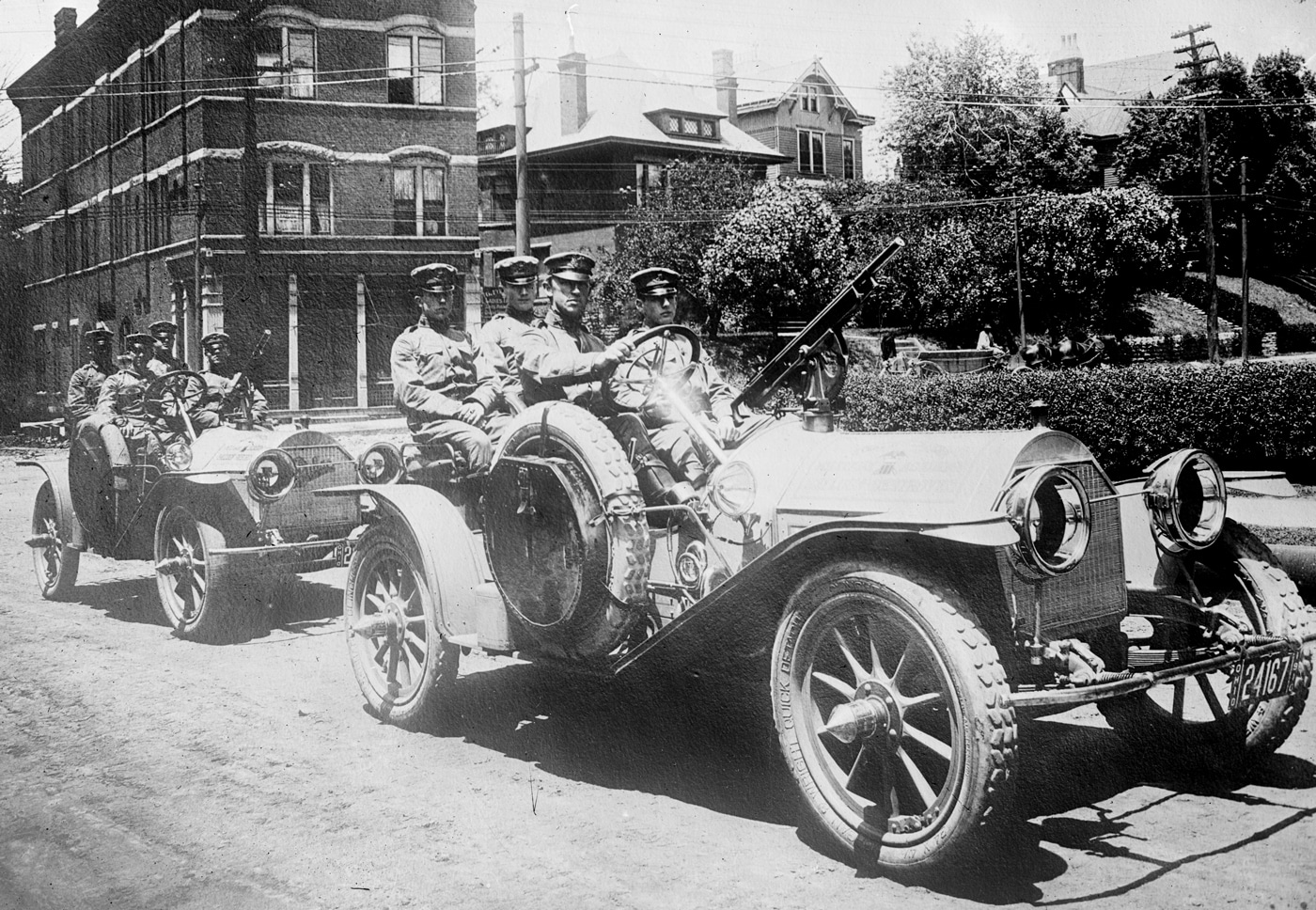
In May 1898, Lt. Col. Theodore Roosevelt assembled over 1,000 volunteers to fight in Cuba, forming the 1st U.S. Volunteer Cavalry, aka Roosevelt’s Rough Riders. The unit comprised Ivy League athletes, Native Americans, Texas Rangers and a few outlaws. The entrance requirements were horse riding skills and the desire for combat.
Roosevelt ensured his men were armed correctly, and the unit was equipped with Krag-Jørgensen carbines in .30-40 Krag, four Gatling guns in .30-40 Krag, and two Potato Diggers in 7x57mm Mauser.
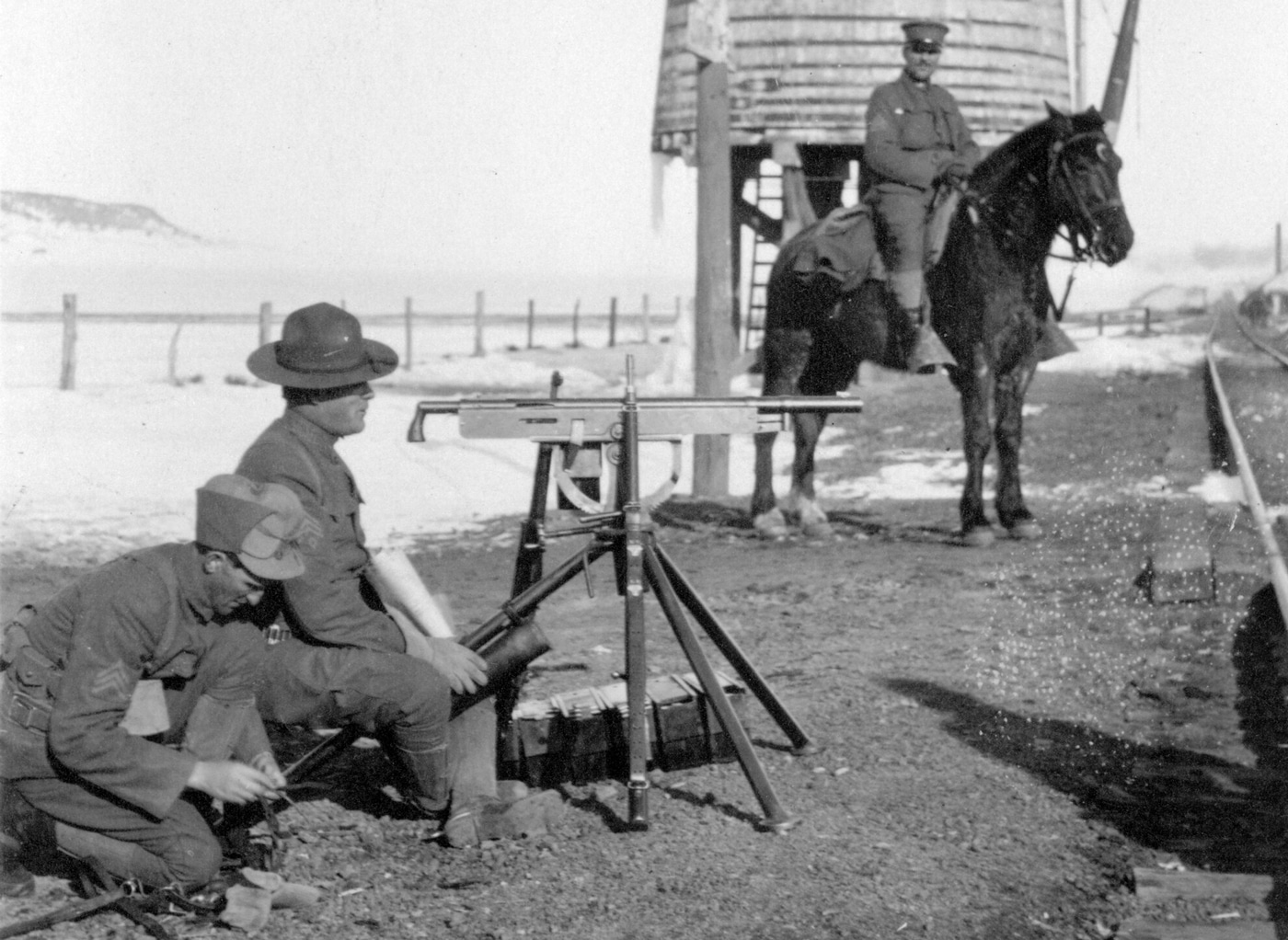
On July 1, 1898, the charge up San Juan Hill began, and the M1895 Potato Diggers went into action alongside the Gatling guns. The M1895 machine guns supported the charge, using almost all the 4,000 rounds of ammo on hand. When the smoke cleared, ammo was replenished from the captured Spanish Mausers that were also chambered in 7x57mm. Roosevelt, however, was not a fan of the gun, saying the machine guns were “delicate and readily out of order.”
In 1900, U.S. Marines, part of the Eight-Nation Alliance, again used the guns to defend Peking during the 55-day-long Boxer Rebellion. Also, in 1900, Canadian troops successfully used the M1895 machine gun during the Second Boer War.
Competition for Military Contracts
In 1904, the U.S. Army conducted tests comparing the Potato Digger to the Vickers machine gun and concluded that the Vickers was the better weapon.
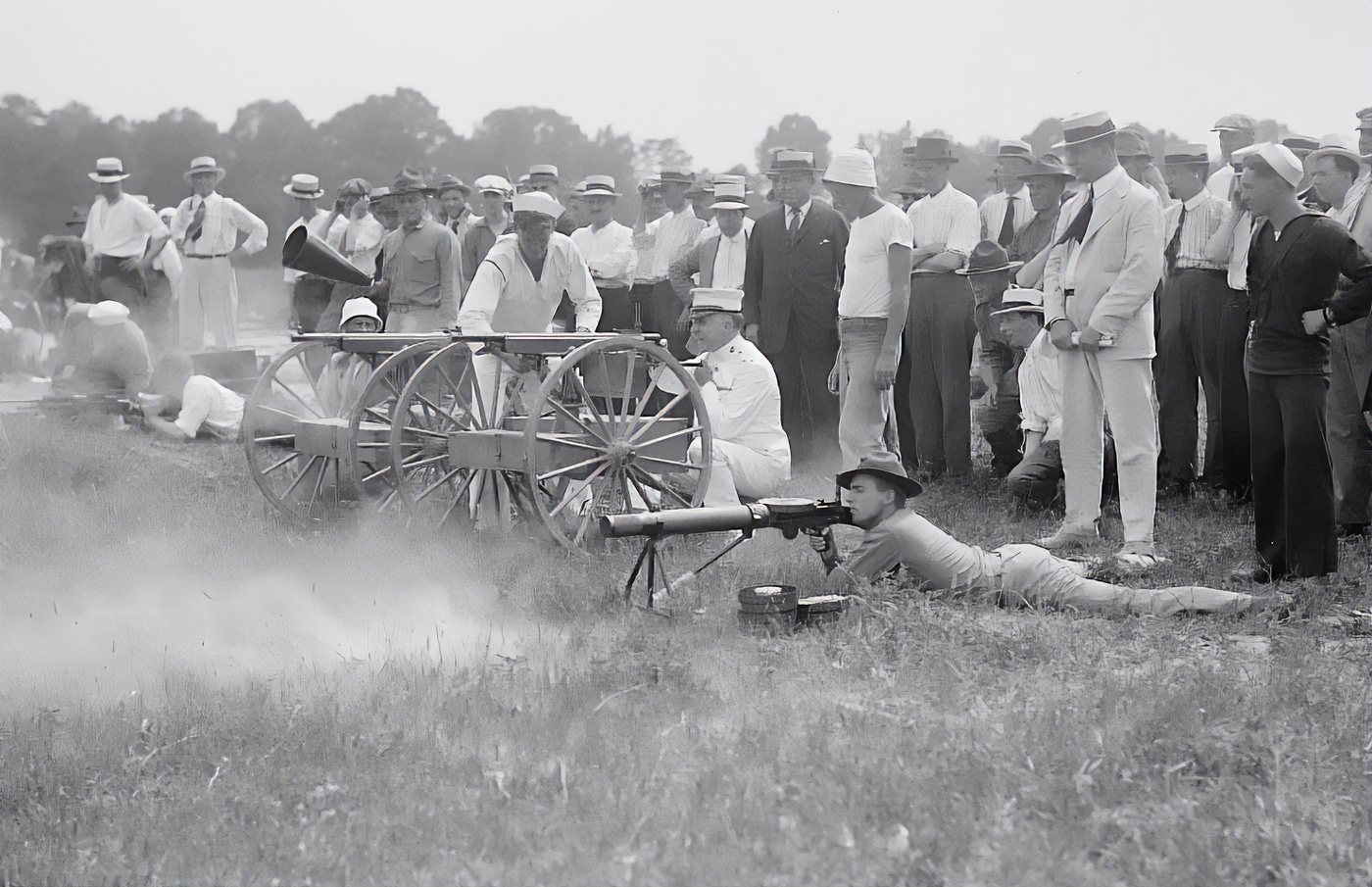
While the two guns were equally accurate and belt loading required the same amount of time, some other issues gave Vickers the win. According to the report, the M1895 required frequent sighting adjustments due to an unstable mount, problems with overheating that caused cookoffs, issues with sighting, and heat transfer to the gas lever that burned the gunner’s hand when loading a new belt. At the same time, the Vickers proved superior endurance with its water-filled jacket. Another issue was ammo boxes falling apart and ammo falling out of belts while marching.
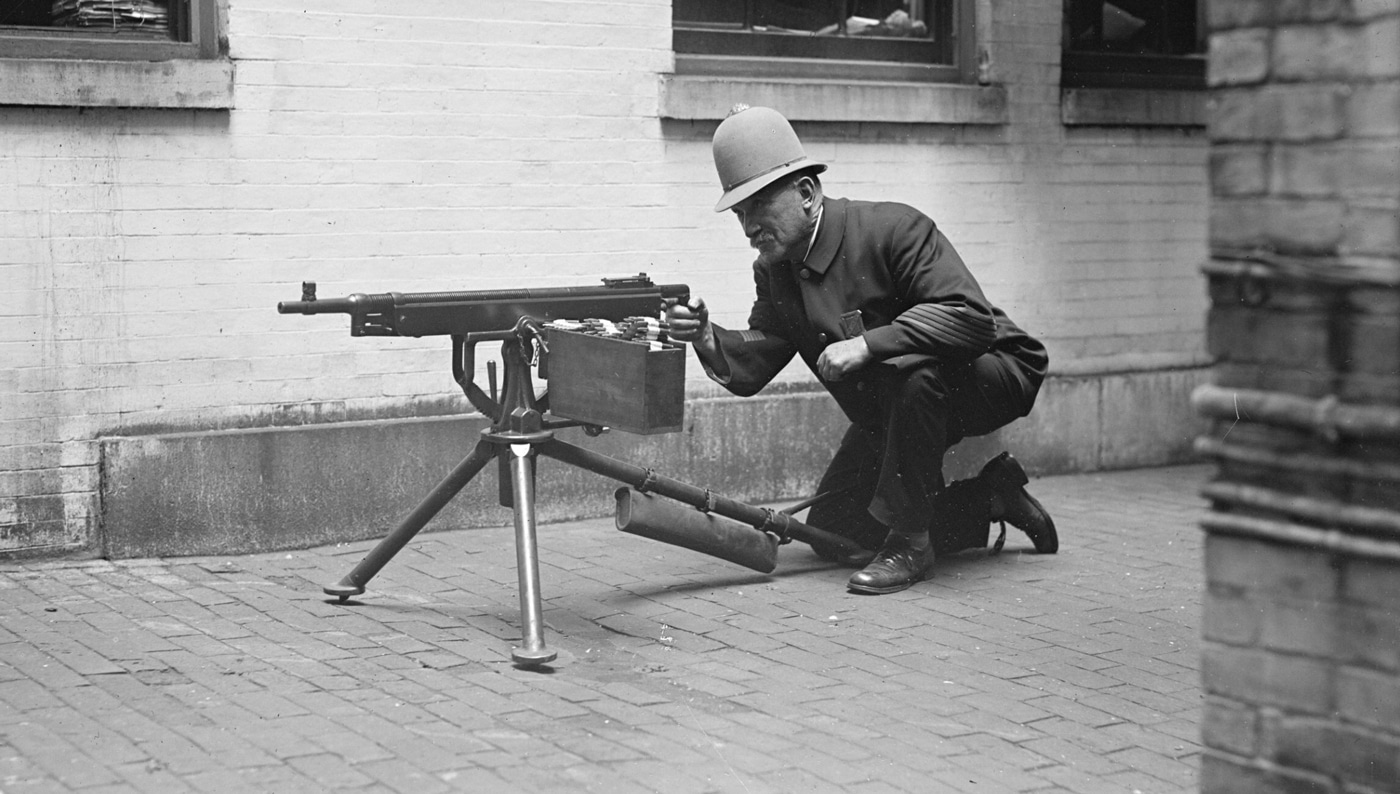
Overall, the M1895 was determined to be conclusively unsuitable for service.
Upgraded — M1917/M1918
In 1916, the machinery for and the rights to the M1895 were sold to Marlin Rockwell, who made a few design changes and upgrades, including a larger cutout and access door on the right-side receiver plate and a detachable barrel. The U.S. Army reconsidered the design and purchased 2,500 M1917 guns to be used for machine gunner training. Although improved, the new gun was still not a big success.
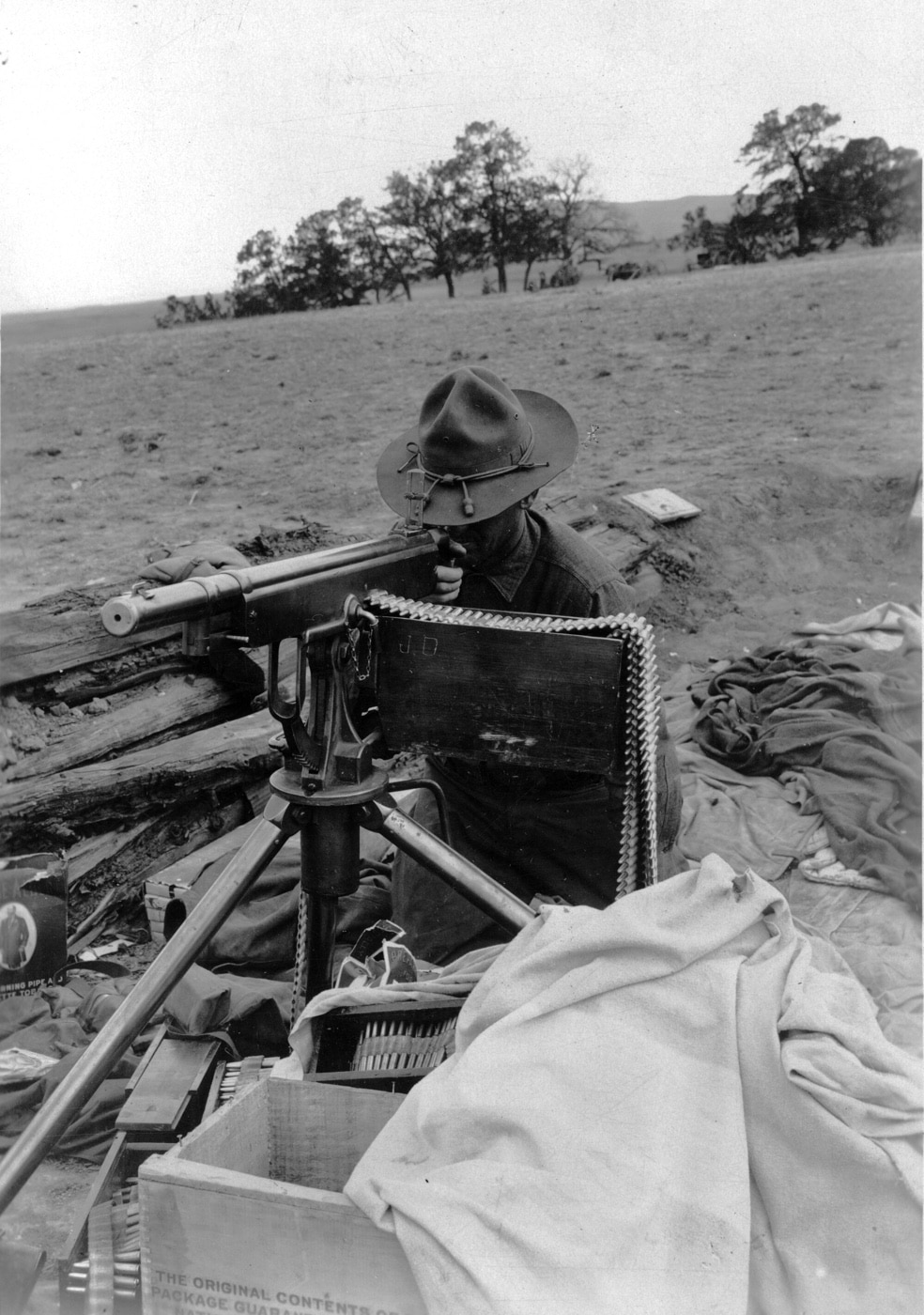
The M1918 model represented further changes, replaced the lever-action operating system with a linear gas piston, and was designated the Marlin Aircraft Model 1918. Another improvement was the addition of a finned aluminum heat sink on the barrel’s outer circumference to help dissipate heat.
Use of the Machine Gun in Two World Wars
While the weapon was used for training, the U.S. Military never adopted it for combat, so it didn’t see much action in WWI. The Potato Digger was obsolete by the time the U.S. entered the war. However, the French, British, Belgians, Russians and others used the Potato Digger for training and combat.
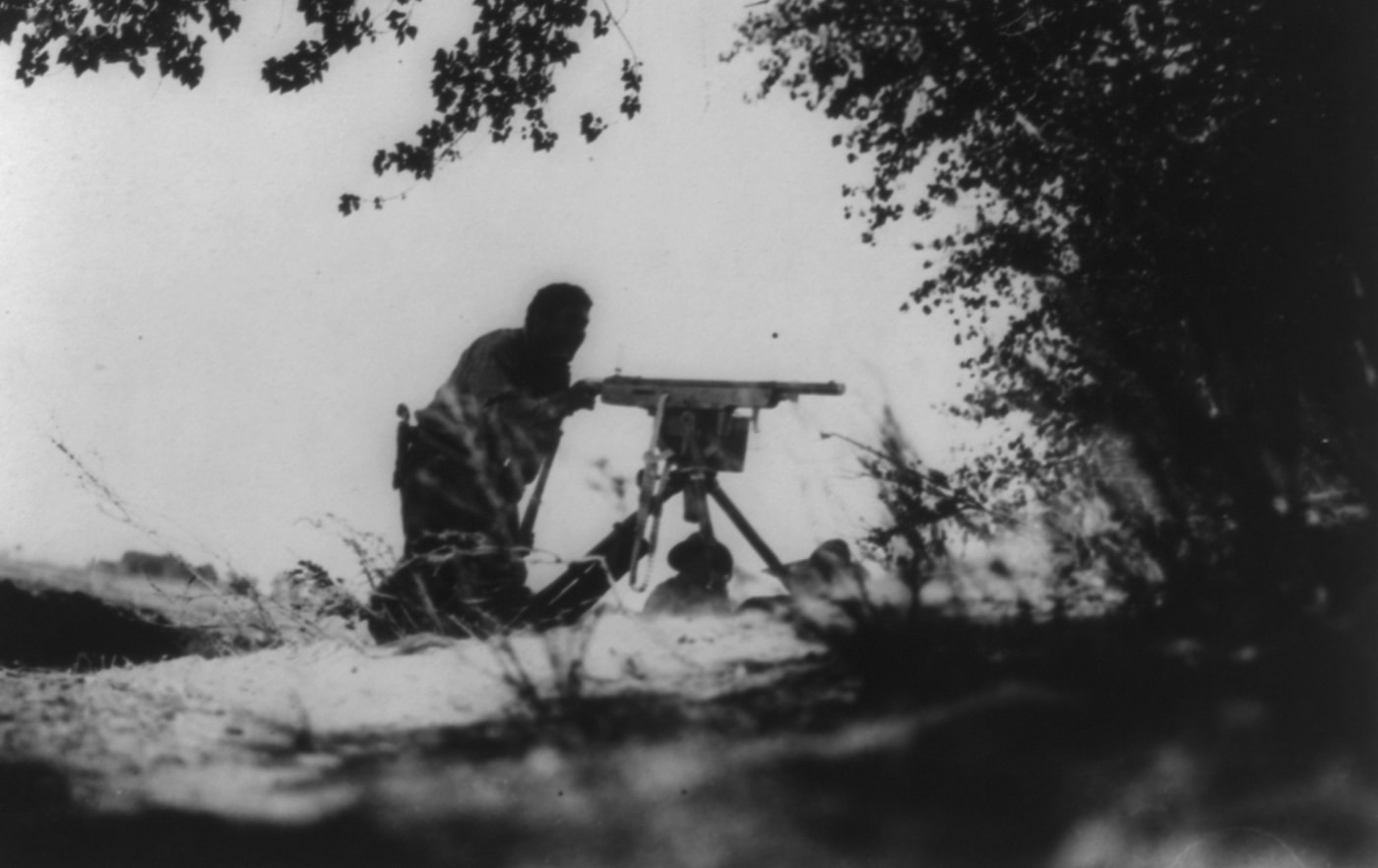
At the beginning of World War I, some armies found themselves in need of machine guns. The Russian Empire purchased nearly 15,000 chambered in 7.62x54mmR.
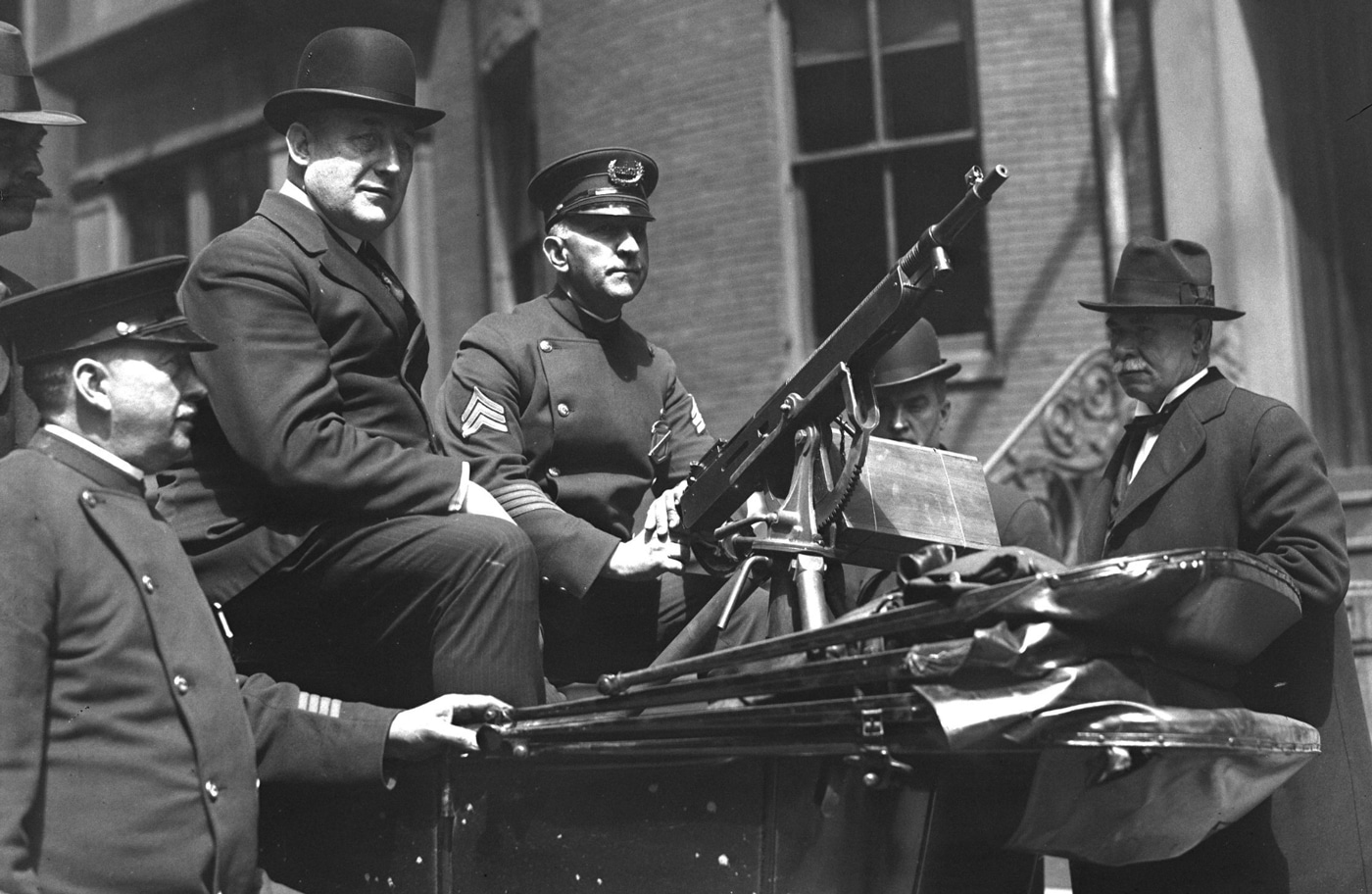
The Potato Digger was used during the Battle of Blair Mountain, West Virginia, the largest armed uprising since the Civil War. In 1921, almost 10,000 armed coal miners trying to unionize confronted 3,000 law enforcement officers and strikebreakers backed by coal mine operators. The West Virginia National Guard intervened in the battle after approximately one million rounds were fired.
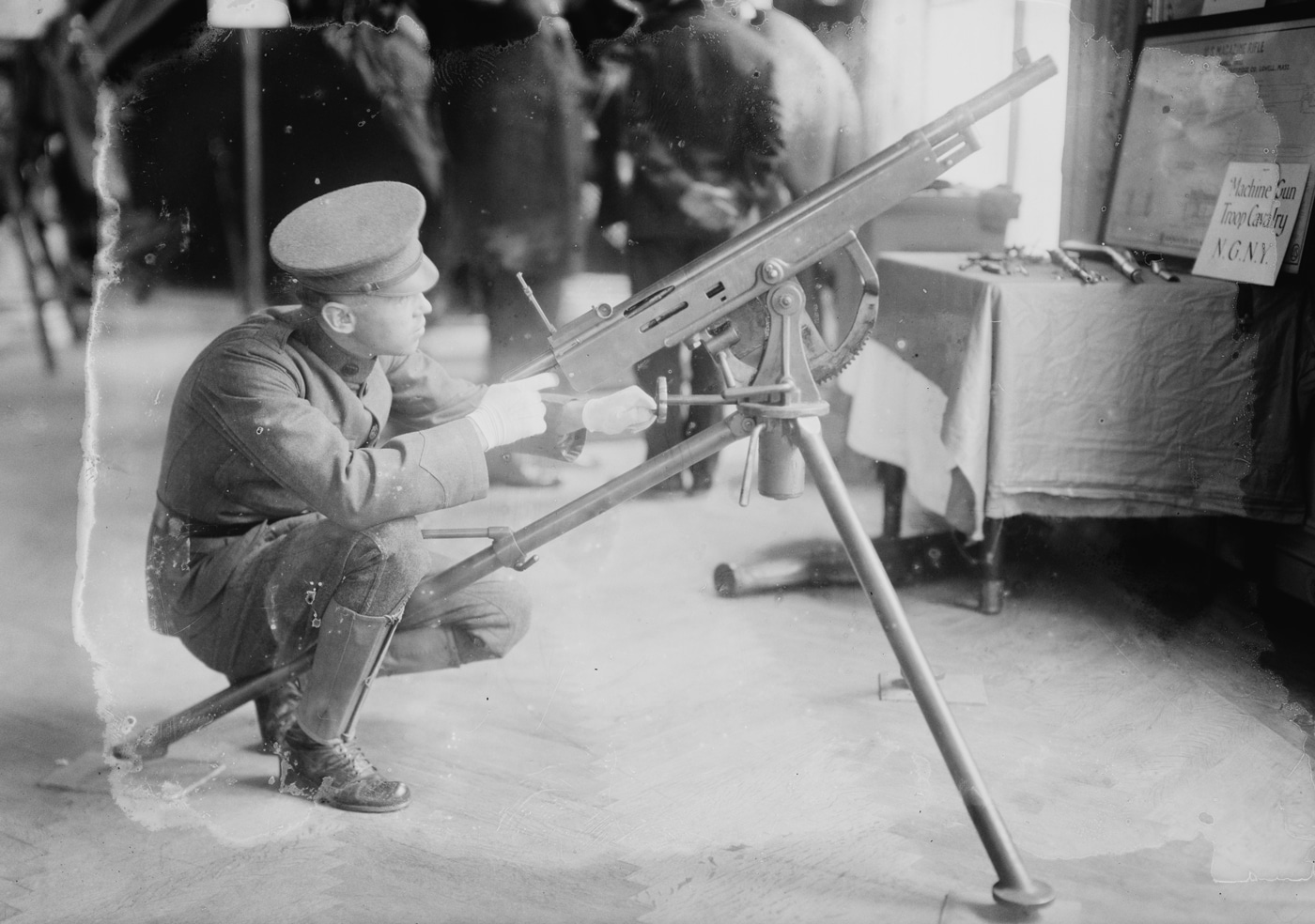
The Belgian army acquired many 7mm Mauser M1895/14 versions near the end of World War I. They were kept in storage and issued to certain reserve infantry regiments before the outbreak of World War II. They were used in combat during the German invasion of Belgium in May 1940.
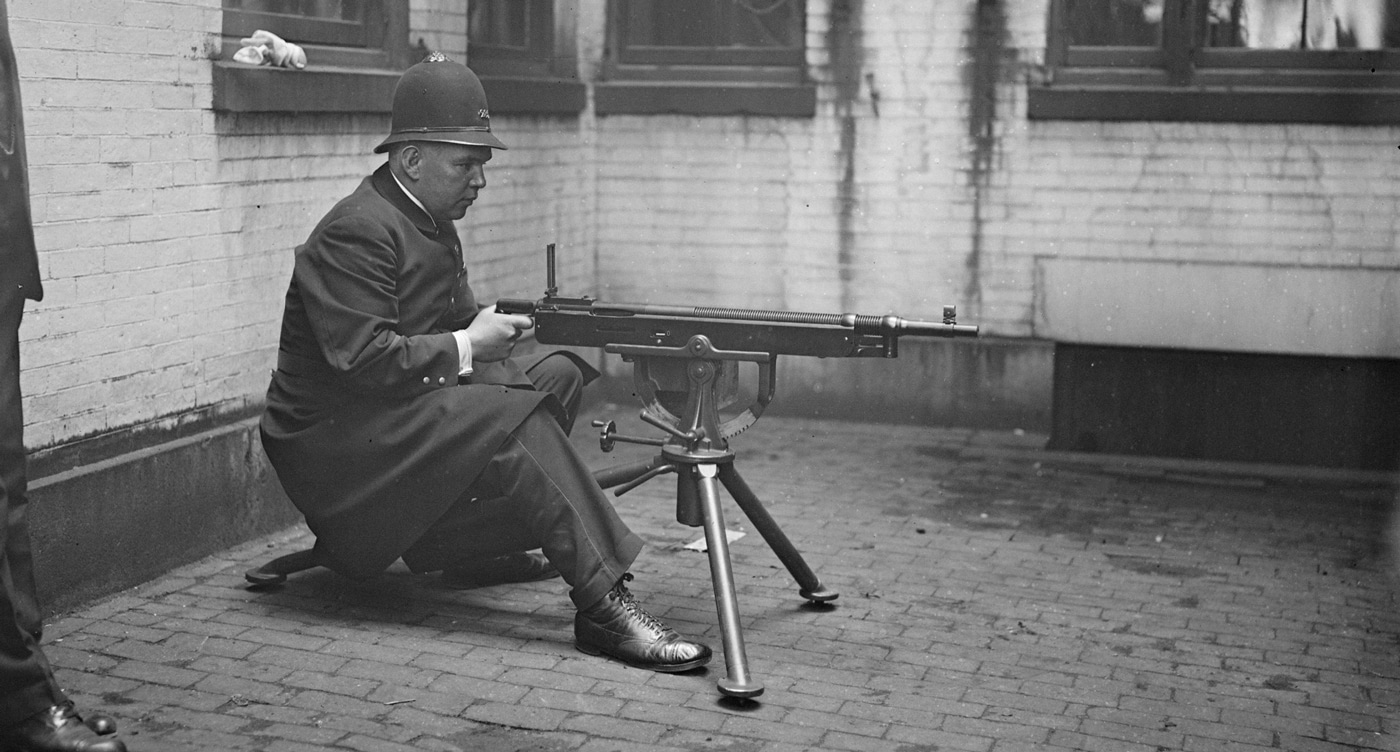
U.S. Army guns in storage after World War I were purchased by Great Britain for the British Home Guard in the summer of 1940, and the U.S. Coast Guard used a few potato diggers for shore patrol and coastal defense duty.
Final Thoughts on the Potato Digger
While Browning’s first machine gun was moderately successful, it had some reliability issues and was no match for the Vickers or Maxim. Browning abandoned the lever-action system and created the most effective machine gun designs in history, including the M1919 .30 caliber, the Browning Automatic Rifle (B.A.R.) and the M2 .50 caliber “Ma Deuce,” which is celebrating over 100 years of service.
Editor’s Note: Please be sure to check out The Armory Life Forum, where you can comment about our daily articles, as well as just talk guns and gear. Click the “Go To Forum Thread” link below to jump in!
Join the Discussion
Read the full article here






![Best Micro Compact 9mm Pistols [Field Tested] Best Micro Compact 9mm Pistols [Field Tested]](https://i2.wp.com/gundigest.com/wp-content/uploads/EDC-X9-2-review-target.jpg?w=390&resize=390,220&ssl=1)
